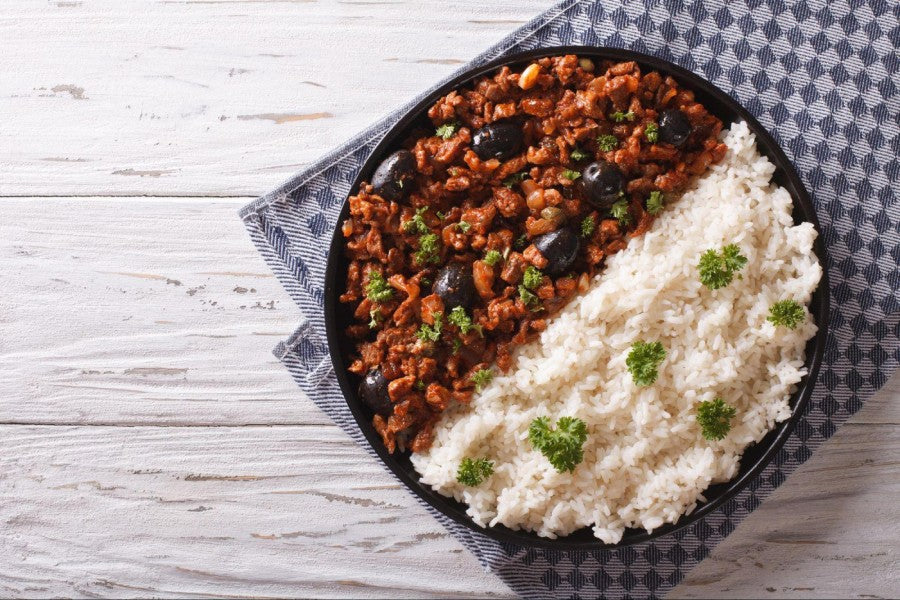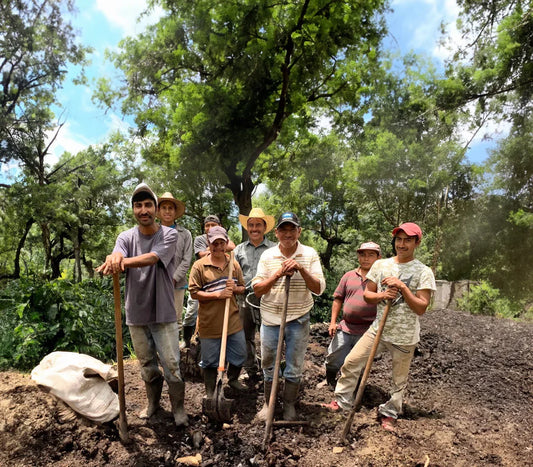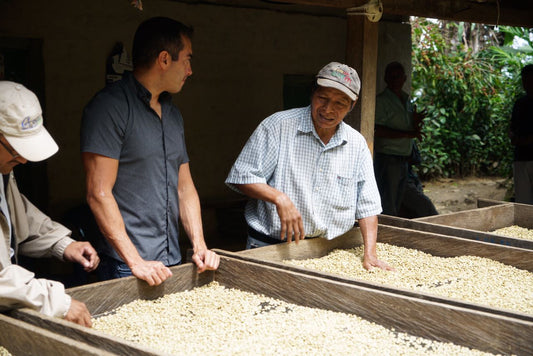
What Is Picadillo? Exploring the Mouthwatering Latino Dish
There are (almost) as many variations of this traditional dish as there are cocineros in Latin America.
For me, there’s nothing more comforting than a plate of homemade picadillo.
Jump to:
It transports me straight back to Sundays at my abuelita’s house, when she’d serve picadillo with rice and handmade tortillas (I know I’m biased, but hers really were the best). Or to days when my parents would take me to eat tostadas de picadillo and tinga at the Mercado de Coyoacán. Funny how that unique blend of tangy umami can spark such lucid memories.
For those who grew up with it, picadillo is a classic comfort food that works well with any accompaniment: fresh flour tortillas, fried-corn tortillas or, if you prefer, served over cilantro lime rice.
But what exactly is picadillo? Hang on to your taste buds: we’re diving in.
Picadillo: Origins and Evolution
In short, picadillo is a traditional Latin American dish. The Mexican version is made with ground meat – typically beef – and a variety of vegetables and spices, but in Costa Rica, most are vegetarian.
The ingredients are cooked in a tomato-based sauce, before being served with rice, beans, or other side dishes.
The name comes from the Spanish “picar”, which means “to mince” and it is believed to have been inspired by traditional Andalusian hors d'oeuvres or “entremeses”. These were made by combining meat, minced veggies, garlic, pepper, and coriander. However, the exact origin of the dish is unclear.
Its popularity, much like tamales, stems from its convenience, delicious flavors, and versatility. However, (also like tamales), this means it has been adapted over the years to suit the palates of several different countries.
Although they all use similar ingredients, (such as ground meat, raisins, olives, potatoes, and chayote), pretty much household in Latin America has their own way of making it and, for that reason, no two picadillos are the same.
Picadillo Mexicano
Bursting with depth of flavor, the Mexican picadillo is comida mexicana at its authentic best.
It is made with ground beef or pork, carrots, potatoes, and peas and cooked for hours on end with a sauce consisting of tomatoes, garlic, and onion and seasoned with salt, pepper, and cumin.
Some home cooks like to incorporate chile powder and green chiles, making the Mexican picadillo somewhat spicier and richer. No surprises there, then.
In Mexico, picadillo is a traditional dish that can be enjoyed on its own or with some Mexican red rice.

The Picadillo de Chayote
Picadillo de chayote is a traditional Tico recipe that combines chayotes – one of the healthiest foods in the world – with traditional Costa Rican sofrito, spices, and cream. It is often served as a side dish to the Costa Rican casado (meal compising rice, black beans, plantains, salad, a tortilla, and an optional meat).
Chayotes are a pale green member of the squash family that are rich in vitamin C and folate. However, as well as being super healthy, their beauty lies in their ability to take on the flavors of the spices used to make picadillo.
Chayotes can be found year-round in local grocery stores and fruit markets, meaning picadillo is on Costa Rican menus all year round.
The Carne Molida Picadillo
Dominicans like to pay homage to picadillo by giving it a simple, respectful, and no-nonsense name: carne molida.
Like other types of picadillo, it has (as the name suggests) a ground meat base, which Dominicans also use in other dishes, such as lasagnas, kipes (meatballs that are reminiscent of the Lebanese kibbeh), and empanadas.
The picadillo dominicano is typically made with peppers, onion, ground beef, cilantro, garlic, and tomato paste and can also include capers, raisins, and hard-boiled eggs. And it sure evokes some memories.
“I love, love, love this dish and it’s one that I grew up eating,” says popular Latina food blogger, Chef Zee. “I grew up in a house where money was tight and having carne molida was a special treat.
“It meant that my grandmother had splurged to feed the family and - trust me when I tell you - this dish never went to waste! It’s funny to think of ground beef as a family treat but, if you don’t have much, meats like ground beef are special.”
The Picadillo de Papaya Verde
Green papaya picadillo is another traditional Costa Rican dish. It is usually made with green papaya, onion, celery, achiote, hot peppers, salt, thyme, and – of course – ground meat, either beef or pork.
The papaya is peeled, diced, and placed in a mixture of water, baking soda, and salt. Then, it is smashed and added to a pot with the other ingredients. It is then left to simmer for a couple of hours and is best enjoyed warm, with rice and tortillas.
Picadillos can be made in a variety of ways. But while its ingredients may vary depending on the region or cultural background of those preparing it, eating picadillos with family and friends is almost always a time to relax, unwind, and enjoy great food.
Enjoying home-cooked meals with loved ones are among the most cherished memories for all Latinos.
But it’s also important that the ingredients we put into those meals don’t cause harm to those who grow them.
At Mayorga Coffee, we work directly with organic coffee farmers to ensure that the beans we buy are not only good for the farmers’ land, but also good for our bodies.


